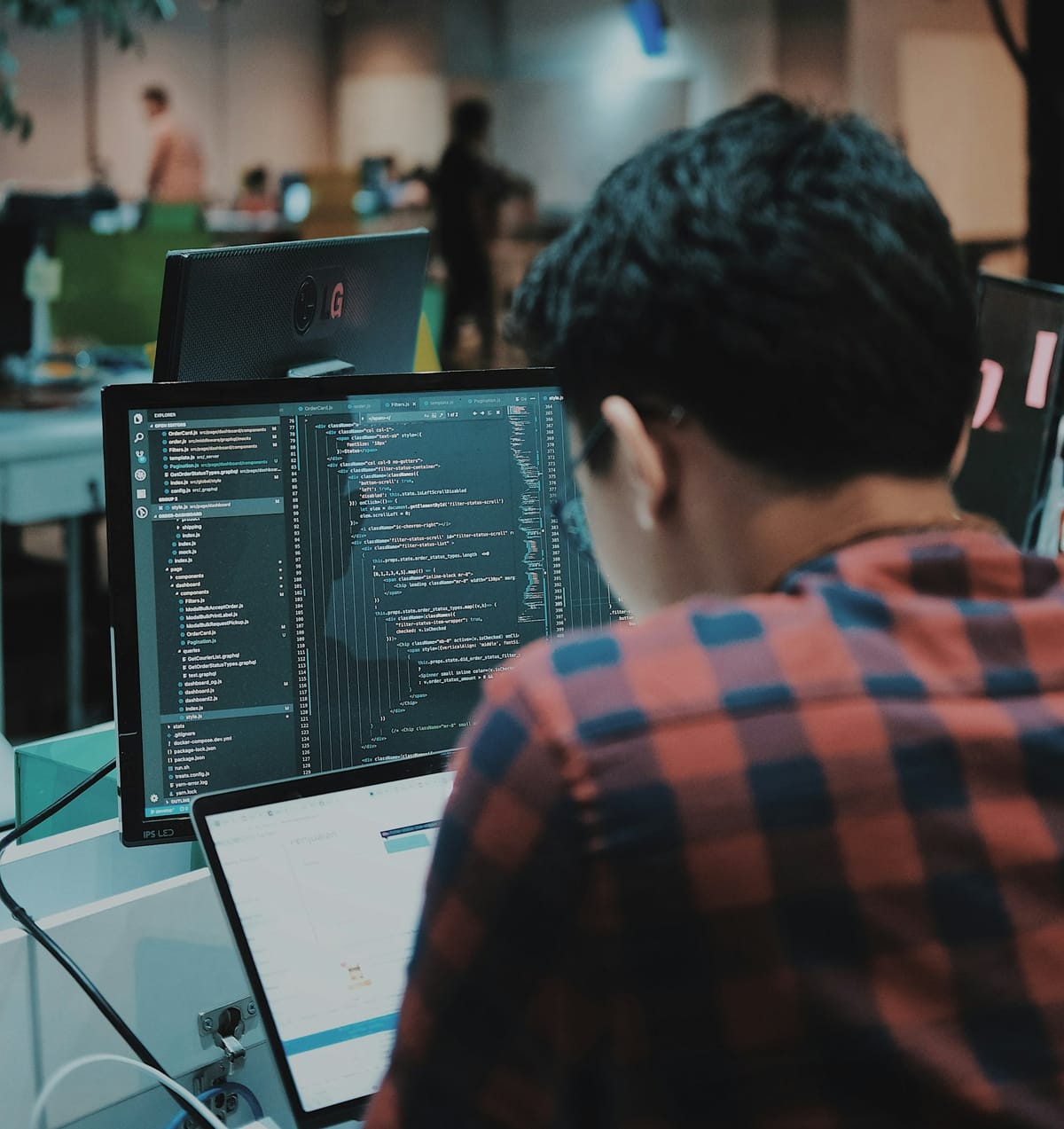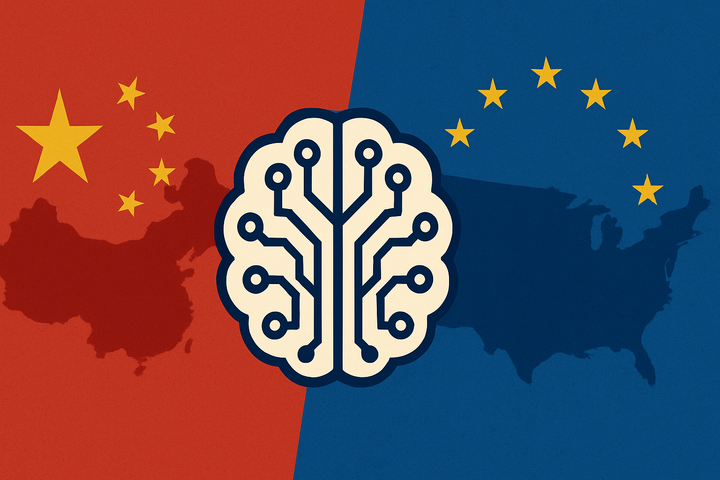AI and the Reskilling Boom: The Race to Retrain Millions
AI is changing the job market fast. Discover how companies and countries are racing to reskill millions in response to automation and new roles.

When AI Takes Your Job—and Gives You a New One
In 2024, Goldman Sachs estimated that 300 million jobs globally could be affected by AI automation. That statistic struck a nerve—but it’s only half the story.
The other half? New jobs, new skills, and a massive reskilling race.
From prompt engineers to AI ethicists to advanced data annotators, AI isn’t just destroying roles—it’s reshaping them. But the clock is ticking: Can companies and governments retrain fast enough to avoid a workforce crisis?
The Urgency: Displacement Is Already Happening
AI’s rapid acceleration is reshuffling the labor deck across sectors:
- In finance, junior analysts are being replaced by LLM-powered tools.
- In marketing, creative automation is reducing demand for basic content creation.
- In customer service, chatbots are handling queries once fielded by entire teams.
A 2023 McKinsey report found that nearly 12 million U.S. workers may need to transition into entirely new occupations by 2030, driven by AI and automation.
It’s not a theoretical problem. It’s a present-day one.
What Reskilling Looks Like in the AI Era
Reskilling isn’t about learning to code—it’s about learning to collaborate with machines.
Successful programs are focusing on:
👩💻 AI fluency – Understanding what AI can and cannot do
🛠 Tool mastery – Learning how to use platforms like ChatGPT, Midjourney, and AI copilots
📊 Data skills – From visualization to prompt optimization
🤝 Human strengths – Communication, strategy, ethics, creativity
Companies like Amazon, Microsoft, and PwC have already committed billions to internal reskilling programs. Meanwhile, countries like Singapore and Denmark are offering government-subsidized upskilling at scale.
Who’s Leading the Reskilling Revolution?
A new ecosystem of reskilling innovators is emerging:
- Coursera, Udacity, and edX: Fast-tracking AI literacy with industry certifications
- Multiverse & Guild: Offering employer-sponsored apprenticeships
- Scaler, AlmaBetter, and Masai School (India): Bridging the talent gap for AI-native roles
- Google’s AI Essentials and OpenAI’s new learning products: Training the masses in how to think with and through AI
Even consulting firms and B-schools are overhauling their curricula to reflect the new normal.
The Risks of a Skills Mismatch
While opportunities are vast, so are the risks:
⚠️ Widening inequality: High-skill workers accelerate; others fall behind.
⚠️ Credential chaos: With no standard certification, many workers may get lost in low-quality training.
⚠️ Burnout & resistance: Older workers, in particular, face psychological and systemic barriers to retraining.
The World Economic Forum warns that without a coordinated global effort, over a billion people could be left behind by 2030.
Conclusion: Reskilling Is the New Infrastructure
In the age of AI, reskilling is no longer an HR initiative—it’s a national imperative.
Just as the 20th century built highways and power grids, the 21st century must build human capability at scale. The winners of the AI race won’t just be those who build the best models—they’ll be the ones who prepare their people to thrive alongside them.
The future isn’t man or machine. It’s man plus machine—if we invest in making that future possible.


